While on lunch break a couple of years ago, my colleague and friend Emma Li Johansson approached me with an interesting idea. She said that the combination of remotely-sensed land cover and and land use change maps and participatory paintings of people’s perceptions of land change might provide useful information in understanding the drivers of change. From the get-go, I thought it was a solid idea with innovative and interdisciplinary mixed method, and high potential to provide valuable outcomes. In other words, I was sold, and so we got to work. I had experience in manipulating satellite imagery and land cover and land use mapping and Emma, in addition to being a scientist, is also an accomplished artist. She previously used her art in an earlier paper on understanding perception of environmental change. This collaboration between us is a follow-up to that paper.
The crux of the paper was to understand the similarities and differences in quantitative and qualitative assessment of land change. In the era of Big Data, we are reliant on quantitative algorithms that are supposedly neutral" in their assessments. However, algorithms are only as good as the person coding them and the data they are trained with. There can be a myriad of propagated misjudgments, misclassifications and unconscious biases happening at any given moment. We hoped to gain broad insights by interviewing people and illustrating their perceptions of environmental change then comparing that information with what the land cover and land use map showed. For example, we wanted to see whether narratives of deforestation matched quantitative measures of deforestation resulting from the land cover and land use change analysis.
We emphasize in the paper that any mismatch between the experiences of the people who are affected by changes in the land and the change identified quantitatively using satellite imagery should raise a red flag for policy makers. The reasons are that national-level policies on land issues either rely completely on these quantitative assessments or give them more weight due to their supposed impartiality. This is particularly relevant when people’s lives and livelihoods are at stake.
Finally, we argue that qualitative and quantitative assessment of land use and land cover change are complementary methods because where one identifies change, the other provides reasons for that change and indeed whether the change was real or a methodological error.
Citation: Johansson, E. L. and Abdi, A. M.(2019). Mapping and quantifying perceptions of environmental change in Kilombero Valley, Tanzania. Ambio. https://doi.org/10.1007/s13280-019-01226-6

